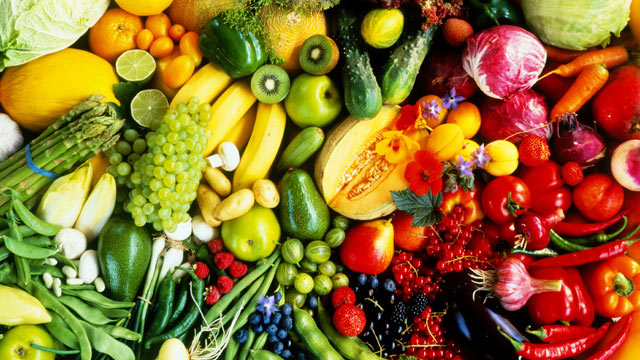
The idea is to give products a name and surname, to go, that is, from a substantially unbranded market, though recognising that some very big-name food-industry labels already have a stake there, to a market that’s more and more brand-oriented with greater consumer protection and stand-out profile even in the export trade.
Italy’s produce industry is taking giant steps towards this goal driven by the awareness that it needs a root-andbranch overhaul of its business strategies and market approach. It’s time to go from the low-price commodity model to one that creates added value at the premium end of the trade. A host of factors converge in this direction. First, there’s the growth and expansion in the last few years of the fresh-cut trade, the pitch on which the brands directly met consumers, as well as their private labels of the big chains, in a face-toface match.
Next is spread of collective trade marks having precise territorial and local provenance, attributes which reassure consumers about product origin and the field expertise that comes from a long tradition among growers. Then there’s the growing popularity of organic produce, an industry segment in which the first successful labels were those who tried to strike a familiar note with consumers. Exports have played their part too, gaining share in European and markets beyond the
Continent with quality produce having a distinctively Italian image that helps open the door wider to tough and even to new markets. And an important upstream factor here is the search for what is typically local, efforts that have brought back forgotten varieties and shined the spotlight on them through targeted advertising campaigns for a wider consumer audience beyond their confines of origin.
It is a fact that today’s consumers, especially those who want quality produce and solid safety and health assurances of the fruit and vegetables they put on their tables, are wary of generic assurances and demand that the label they buy has a lot to say to them. From traditional press and TV mass media to the ‘new’ media and to trade marketing coverage aimed at attracting shoppers to a designated choice, the produce industry today is experiencing a veritable boom when it comes to the rise and drive of new trade marks.
Of course, as in every rapid upswing, support and investment policies for brands in this most traditional of markets are giving rise to a flurry of business ventures that are sometimes ‘playing it by ear’. In an industry where fragmentation at the production end is the norm and only a few players have the clout needed to make hefty and lasting investments, produce marketing is laying the groundwork for a root and branch retooling of producer-consumer relations.
Source: by Davide Bernieri